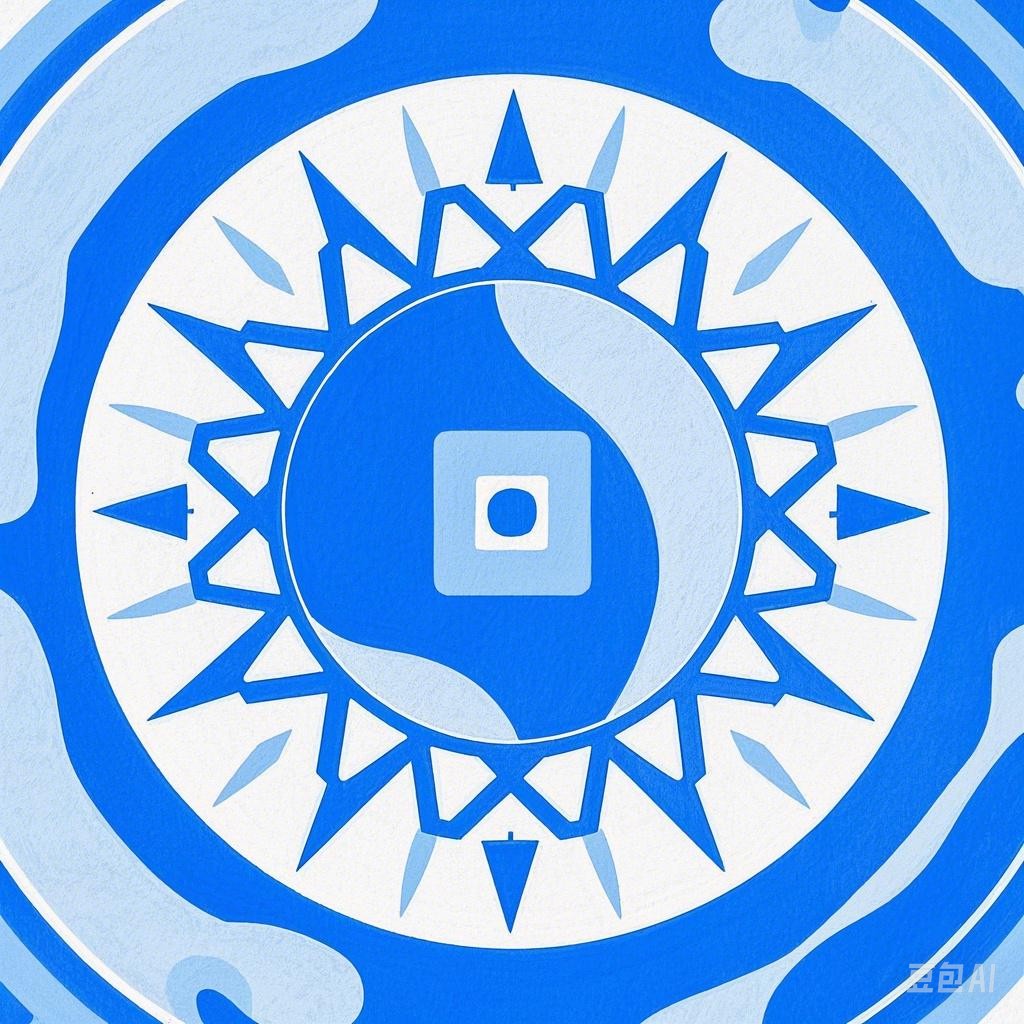Introduction
Festivals are an integral part of human culture, celebrating a wide range of events, from religious and historical milestones to seasonal changes and social gatherings. Each festival carries its unique timing and significance, reflecting the cultural, historical, and spiritual values of the communities that celebrate them. This article delves into the fascinating world of festivals across the globe, exploring their timings and the profound reasons behind their celebration.
The Hindu Festival of Diwali
Timing
Diwali, often referred to as the “Festival of Lights,” is celebrated in India and neighboring countries in late autumn, typically in October or November. It marks the return of Lord Rama, his wife Sita, and his brother Lakshmana to Ayodhya after defeating the demon king Ravana.
Significance
The festival symbolizes the victory of good over evil, light over darkness, and knowledge over ignorance. Diyas (oil lamps) and candles are lit in homes and public spaces to symbolize the triumph of light over darkness. Fireworks also play a significant role, adding to the festive atmosphere.
The Christian Festival of Easter
Timing
Easter is celebrated on the first Sunday following the first full moon after the spring equinox, which usually falls between March 22 and April 25. It commemorates the resurrection of Jesus Christ from the dead, three days after his crucifixion.
Significance
Easter is one of the most important Christian festivals and is considered a symbol of hope and rebirth. The celebration includes the lighting of the Easter fire, which symbolizes the light of Christ, and the distribution of colored eggs, representing new life.
The Islamic Festival of Ramadan
Timing
Ramadan is the ninth month of the Islamic lunar calendar and is observed by Muslims worldwide. It begins with the sighting of the new moon and ends with the sighting of the next new moon, typically lasting 29 to 30 days.
Significance
Ramadan is a time of spiritual reflection, fasting, and increased piety. Muslims fast from dawn until sunset, abstaining from food, drink, and other physical needs. It is also a time for increased worship and charity.
The Jewish Festival of Hanukkah
Timing
Hanukkah, also known as the Festival of Lights, is an eight-day festival that begins on the 25th day of the Jewish month of Kislev, which usually falls in December.
Significance
Hanukkah commemorates the rededication of the Second Temple in Jerusalem after its liberation from Greek-Syrian occupation in the second century BCE. The festival is marked by the lighting of the menorah, a candelabra with eight branches, one of which is used to light the others.
The Lunar New Year
Timing
The Lunar New Year, also known as Chinese New Year, is based on the lunar calendar and typically falls between January 21 and February 20. It marks the beginning of a new year on the lunar calendar and is celebrated by various Asian cultures.
Significance
The Lunar New Year is a time of family reunions, feasting, and the honoring of ancestors. It is considered a time of rebirth and renewal, and is symbolized by the arrival of a new animal king according to the Chinese zodiac.
Conclusion
Festivals around the world are a testament to the diverse and rich cultural tapestry that makes up our global community. Each festival has its unique timing and significance, reflecting the cultural, historical, and spiritual values of the communities that celebrate them. By understanding and appreciating these festivals, we can gain a deeper insight into the world’s diverse cultures and traditions.
